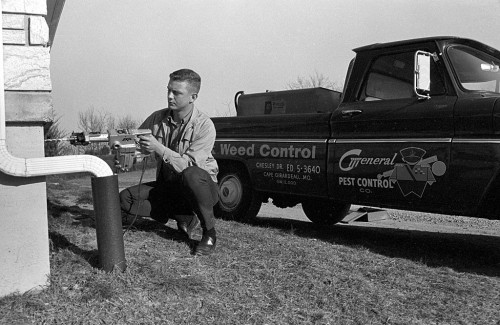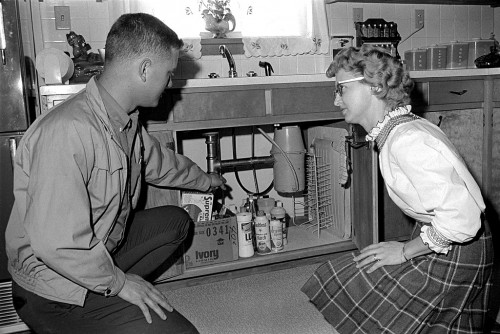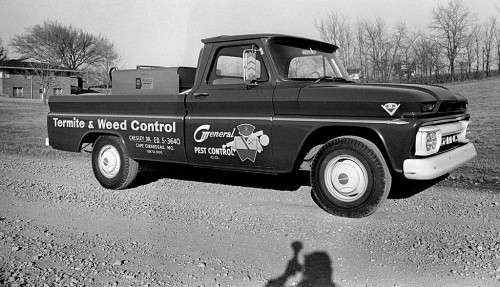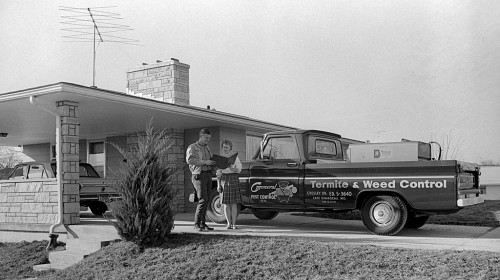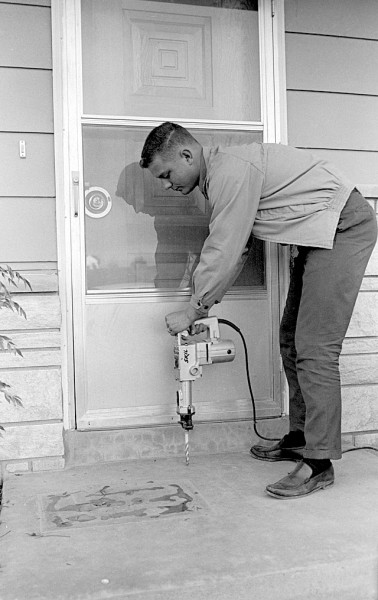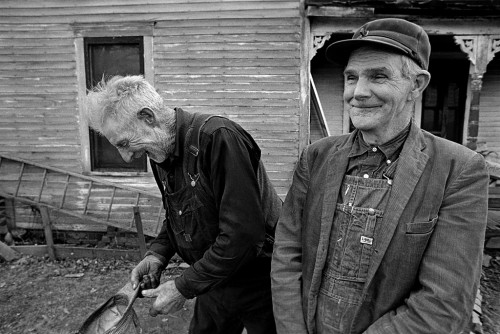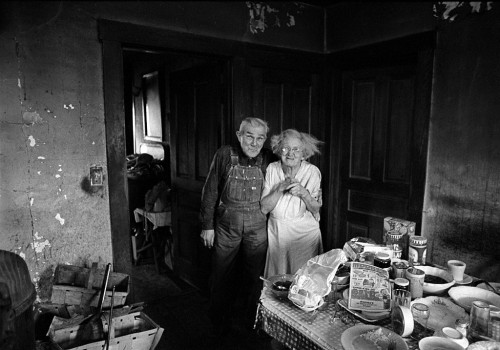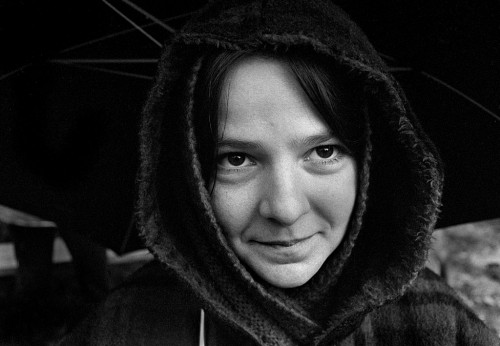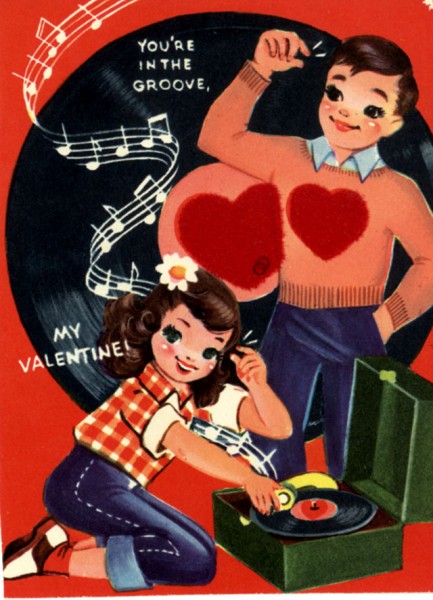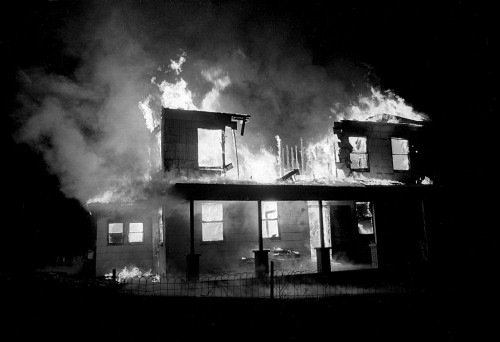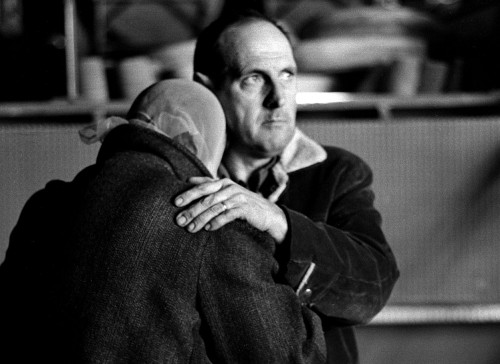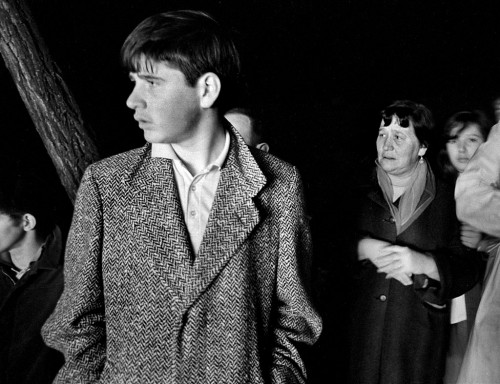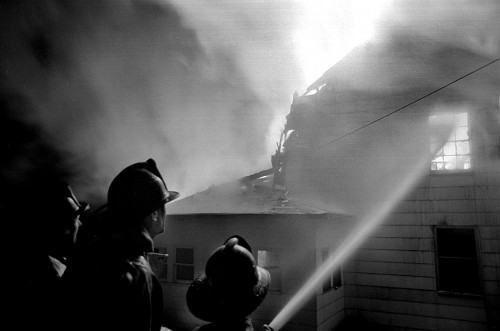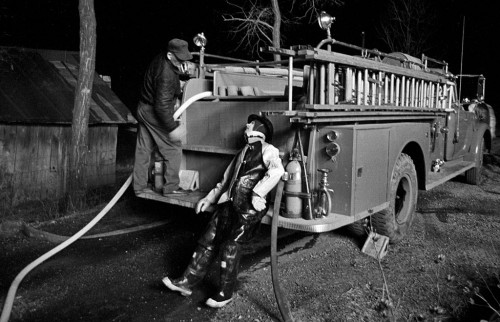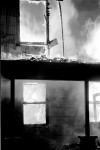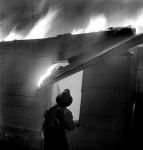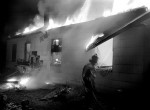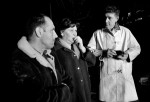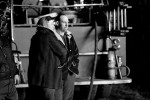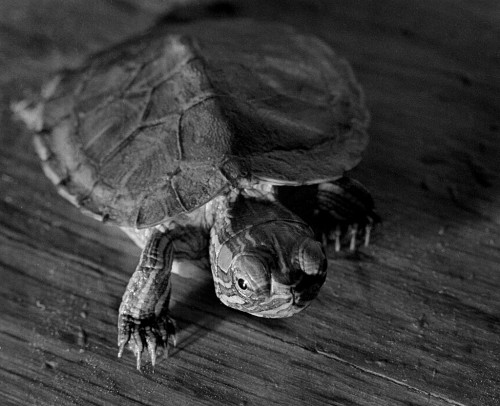 A question that comes up from time to time is where do you find inspiration and story ideas?
A question that comes up from time to time is where do you find inspiration and story ideas?
The short answer “desperation.”
There was this big monster in the pressroom that had to be fed every day. I thought I had put The Monster behind me, but I’m filing more stories doing this blog than when I working for newspapers. When you’re doing feature-type stories, you can’t rely on plane crashes, fires and floods to bail you out. You have to dig up topics out of the thin air. Here’s an example of how ideas pinball all over the place, and rarely in a straight line.
I was looking at some random negatives from Cape when this turtle caught my eye. This was a Steinhoff pet from back in the days when we were made of tougher stock. We didn’t know then that the tiny turtles, available in plastic bags at the SEMO Fair or in every pet store, were death on the half shell. Don’t believe me? Check out this FDA warning about Salmonella-bearing tiny turtles. (Click on any photo to make it larger. Don’t forget to wash your hands if you touch the turtle.)
But, like they say in the infomercials, there’s more. A turtle made me think of a frog.
Pomeroy Frog Jumping Contest
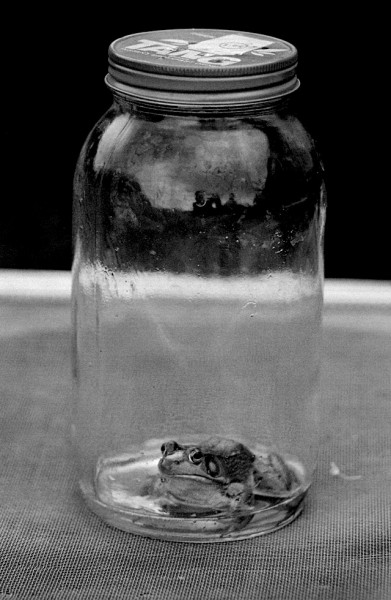 Athens (OH) Messenger photo partner Bob Rogers and I would make contact sheets of our film, cut out the frames we thought would make a photo essay, push them around on a layout sheet until they looked right, size them to fit and make the final prints. The “winners” would be taped to the layout sheet to guide the composing room in making up the page. The “losers” would either get tossed in a box or, if we thought they might fit into a future layout, they’d get tacked on the wall.
Athens (OH) Messenger photo partner Bob Rogers and I would make contact sheets of our film, cut out the frames we thought would make a photo essay, push them around on a layout sheet until they looked right, size them to fit and make the final prints. The “winners” would be taped to the layout sheet to guide the composing room in making up the page. The “losers” would either get tossed in a box or, if we thought they might fit into a future layout, they’d get tacked on the wall.
After I covered the Pomeroy Frog Jumping contest toward the end of June, 1968, I had one photo that made it on the Wall of Desperation. It languished there until October 1. The well was dry. Some days you just can’t find anything worth shooting. I reached up on the wall, ran the photo 8-1/8 inches wide and 12-3/8 inches deep with this cringe-inducing caption:
“Frost is just a frog’s hop away, so don’t let winter get the jump on you. Don’t let being bottled up until spring jar you, though; about the time it seems a long time coming, warm weather will spring out.”
Bob, my nominal boss, didn’t give me any grief. He’d been there himself.
October 2, the day it ran, seemed to be a good day to stay out of the office. The publisher gave us a lot of latitude, but I didn’t want to discover his outer limits.
Another dry day
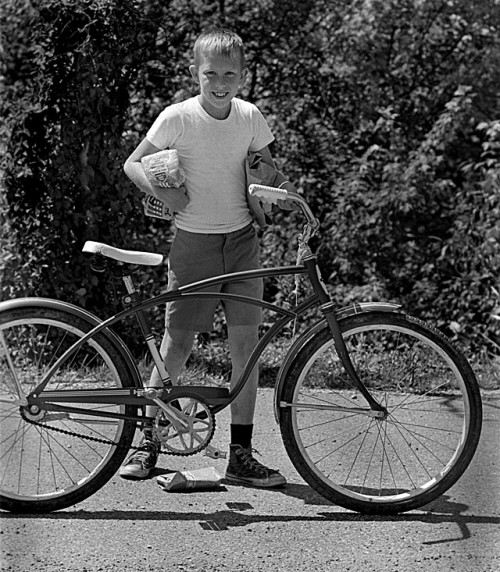 There’s a reason why I bring up the frog, as much as I’d like to forget it.
There’s a reason why I bring up the frog, as much as I’d like to forget it.
I was having another one of those dry days. Nothing was clicking. I shot a sequence of a boy trying to make it home on his bike with a loaf of bread under his arm, but the situation was so weak I didn’t even bother to get out of the car to get the kid’s name.
Mrs. Nellie Vess
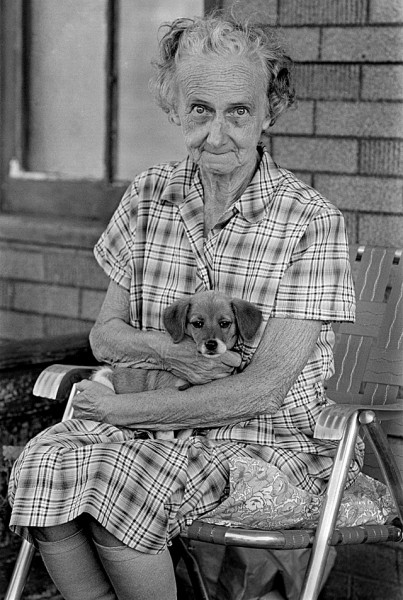 The shadows were getting longer and longer and the day was getting shorter and shorter. This time I didn’t even have the frog on the wall to plug the hole. I made a turn down a dusty gravel road near Trimble. That’s east of Nelsonville and south of Glouster. If you don’t know where those towns are, don’t look for Trimble.
The shadows were getting longer and longer and the day was getting shorter and shorter. This time I didn’t even have the frog on the wall to plug the hole. I made a turn down a dusty gravel road near Trimble. That’s east of Nelsonville and south of Glouster. If you don’t know where those towns are, don’t look for Trimble.
I spotted Mrs. Nellie Vess, a couple of kids and a puppy on the porch of a modest frame house with asphalt shingle siding. The home had seen better days, but it was still neat and clean.
After introducing myself and chatting for a few minutes, Mrs. Vess invited me in for a cold glass of water. I normally don’t accept things when I’m on an assignment and I really wasn’t thirsty, but turning down the water would have hurt her feelings. I followed her through her well-kept house to the kitchen.
Taped up on the refrigerator was The Frog. “I just love that picture,” she said.
“Lonely no more”
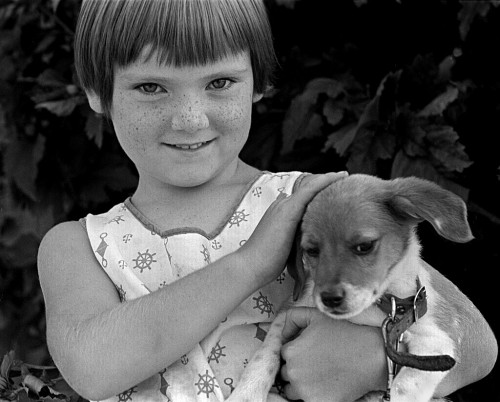 “Lonely No More” was the headline I put on the page. My caption was sparse: Mrs. Nellie Vess was lonely. Not many people passed by her home in Trimble and those who did seldom stopped in to chat. That was before last week when Patty Sue – part beagle and part question mark – moved in. “Now I’ve got lots of company,” she says. One of her frequent visitors is Rhonda Kay Judson, 5.
“Lonely No More” was the headline I put on the page. My caption was sparse: Mrs. Nellie Vess was lonely. Not many people passed by her home in Trimble and those who did seldom stopped in to chat. That was before last week when Patty Sue – part beagle and part question mark – moved in. “Now I’ve got lots of company,” she says. One of her frequent visitors is Rhonda Kay Judson, 5.
Stories should have a happy ending
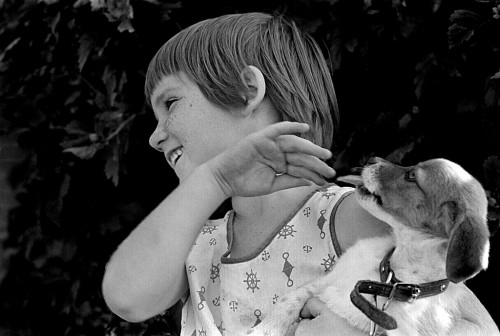 Don’t you just love heart-warming stories with happy endings? It’s too bad that too many don’t turn out that way.
Don’t you just love heart-warming stories with happy endings? It’s too bad that too many don’t turn out that way.
A few months after the story ran, my travels took me down that gravel road near Trimble. Mrs. Vess was sitting by herself on the porch. There was no Patty Sue. There were no neighbor kids. Mrs. Vess told me that she had to go into the hospital for a brief stay and she had to give Patty Sue away. She was lonely again.
I’d like to tell you that I stopped by to see Mrs. Vess to keep her company from time to time, but I’d be fibbing. I never saw her again. I was just starting to learn that getting emotionally involved with everyone I photographed would soon empty my empathy pot and lead to burnout or worse. I could empathize with my subjects long enough to capture their souls, but then I had to cut them loose.
I turned down her offer of a cold glass of water on the last visit. And, I didn’t look in the rearview mirror when I drove away down that dusty gravel road.

